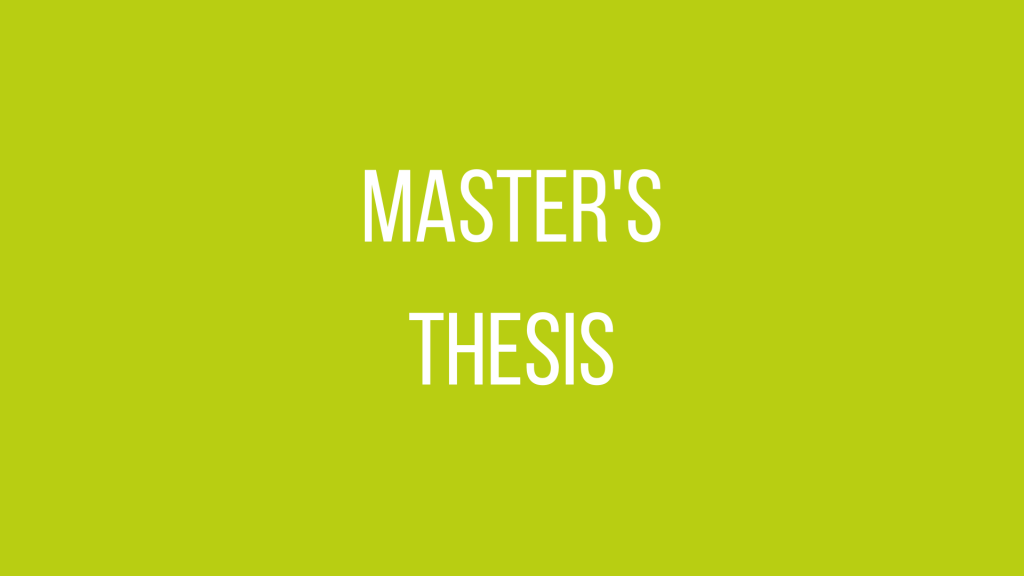Is circular economy the new black?

The goal for this study is to find out the main factors that are connected with SME’s business opportunity recognition within the circular economy field, more precisely in wood construction and apartment house building using timber, and understand how SME’s within the circular economy, specifically in wood construction and apartment house building with timber, recognize business opportunities. The context is set within these limits and located in Finland. In this study wood construction is seen as a part of the circular economy by its core element. By this it is meant that it belongs within the biological cycles with its renewable form, but also its features as a carbon sink.
The theoretical framework of this study is built with the theories concentrating on business opportunity recognition and opportunity construct, lifting up the issues how the opportunities are recognized and what are the influencing factors behind opportunity recognition. The framework continued beyond the discoverer level and concentrated also on opportunity with its many-sided form and their nexus. This qualitative multiple-case study collected the data with semi-structured expert and SME interviews from the parties that had experience in timber apartment building projects in Finland.
The data was collected during the autumn in 2019 and six interviews were conducted. The data was analysed with inductive content analysis and the literature research had been done largely beforehand. The findings propose ten factors that had a connection with opportunity recognition and three of them were different than in the linear economy. Also, the opportunities were discovered, created or both depending on the context. The nexus was also playing a part with the effect of the characteristics that were connected with the discoverer but also with the characteristics that the opportunity had.
